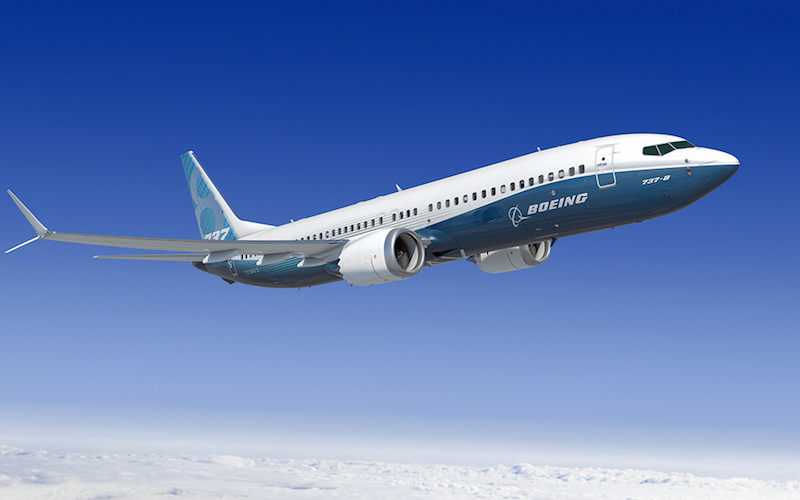Boeing released its first Sustainability Report, where it shares its vision for the future of sustainable aerospace, establishes broad sustainability goals and highlights environmental, social and governance (ESG) progress in alignment with global sustainability standards.
“In September 2020, amidst a global pandemic, Boeing formed a Sustainability organization dedicated to advancing our ESG efforts across the enterprise. As we continue on this journey, we are pleased to publish our first comprehensive report, focused on stakeholder responsiveness and data transparency,” said Boeing Chief Sustainability Officer Chris Raymond. “We know there’s still work to do and are committed to communicating our progress and holding ourselves accountable to ensure the aerospace industry is safe and sustainable for generations to come.”
Boeing’s sustainability efforts are organized around four key pillars: people, products and services, operations and communities.
In 2020, highlights across these four pillars included:
- Establishing six broad new sustainability goals in alignment with their key sustainability priorities and stakeholder interests.
- Defining the company’s vision for the future of sustainable aerospace through fleet renewal, network operational efficiency, renewable energy and advanced technology.
- Committing to deliver commercial airplanes capable of flying on 100 per cent sustainable fuels by 2030.
- Partnering with Etihad Airways on the 2020 ecoDemonstrator program, which tested sustainable technologies on one of the airline’s new 787-10 Dreamliners.
- Implementing digital engineering tools on the T-7A Red Hawk program, achieving a 75 per cent increase in first-time engineering quality and an 80 per cent reduction in assembly hours.
- Advancing flight tests for Cora, an all-electric, self-flying air taxi developed by Boeing and Kitty Hawk joint venture Wisk.
- Responding to COVID-19 by executing airlift missions to transport supplies, providing community vaccination sites and minimizing air travel health risks through the Confident Travel Initiative.
- Establishing a 20-member Racial Equity Task Force to represent diverse viewpoints and amplify all voices at Boeing.
- Setting 2030 environmental performance goals to reduce emissions, waste, water use and energy consumption.
- Achieving net-zero carbon emissions at work sites, while reducing energy consumption by 12 per cent, water use by 23 per cent, solid waste by 44 per cent and hazardous waste by 34 per cent.
- Attaining the ENERGY STAR Partner of the Year Award for Sustained Excellence every year since 2010.
- Contributing $234 million in community giving, working with 13,400 community partners and volunteering 250,000 hours.
As a leading global aerospace company, Boeing develops, manufactures and services commercial airplanes, defense products and space systems for customers in more than 150 countries. As a top U.S. exporter, the company leverages the talents of a global supplier base to advance economic opportunity, sustainability and community impact. Boeing’s diverse team is committed to innovating for the future and living the company’s core values of safety, quality and integrity.
UNITED AGREEMENT
More recently, Boeing and United Airlines announced the carrier will expand its 737 order book by purchasing an additional 200 737 MAX jets, including 150 for the largest member of the family, the 737-10, and 50 for the airplane that serves the heart of the single-aisle market, the 737-8. The new purchase positions United’s fleet for growth and accelerating demand for air travel.
Designed and built in Renton, Washington, the 737 MAX family delivers superior efficiency, flexibility and reliability while reducing fuel use and carbon emissions by at least 14 per cent compared to the airplanes it replaces. The 737-8 seats up to 189 passengers and can fly 3,550 nautical miles – about 600 miles farther than its predecessor – allowing airlines to offer new and more direct routes for passengers.
The largest model in the family, the 737-10 seats up to 230 passengers in a single-class configuration and can fly up to 3,300 miles. The fuel-efficient jet can cover 99 per cent of single-aisle routes, including routes served by 757s.


